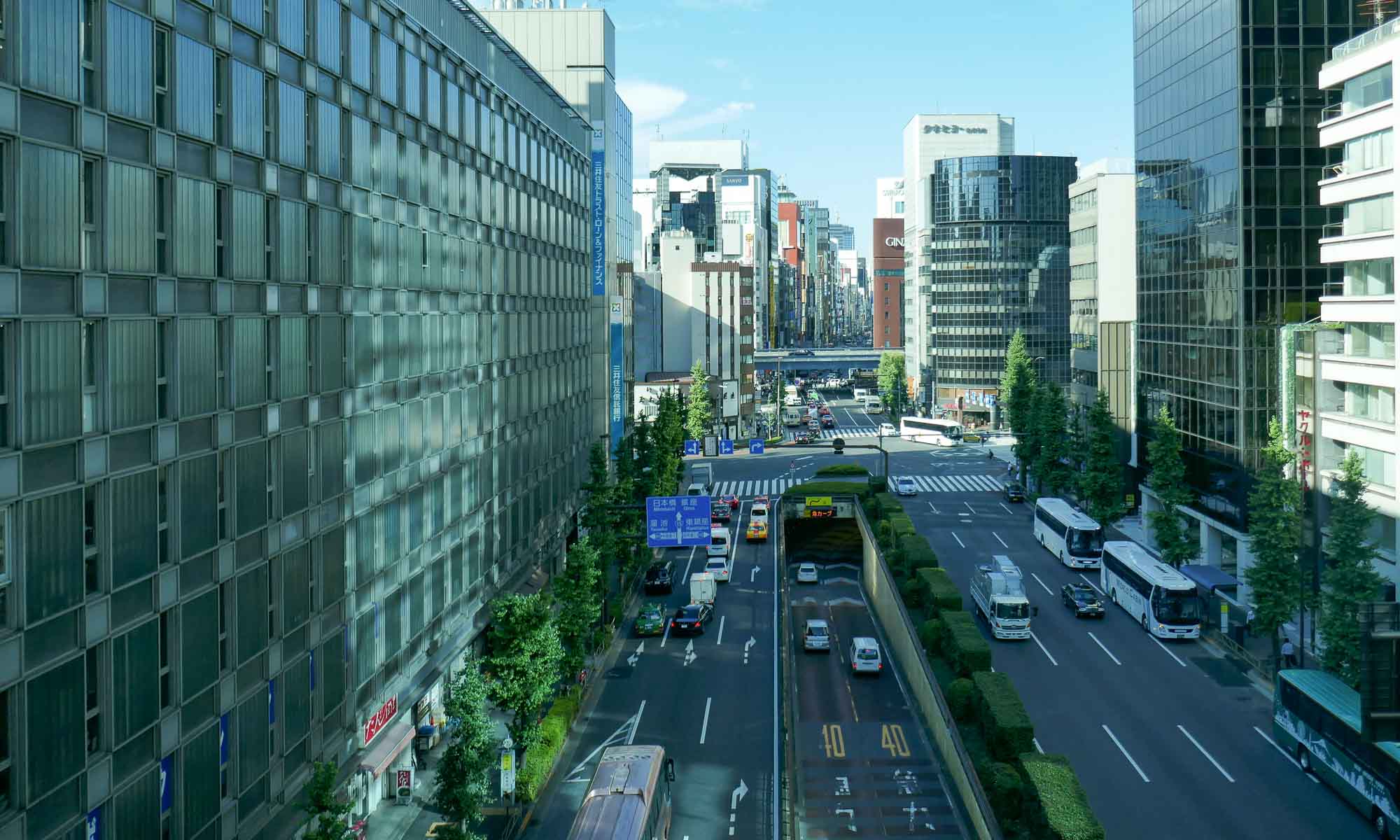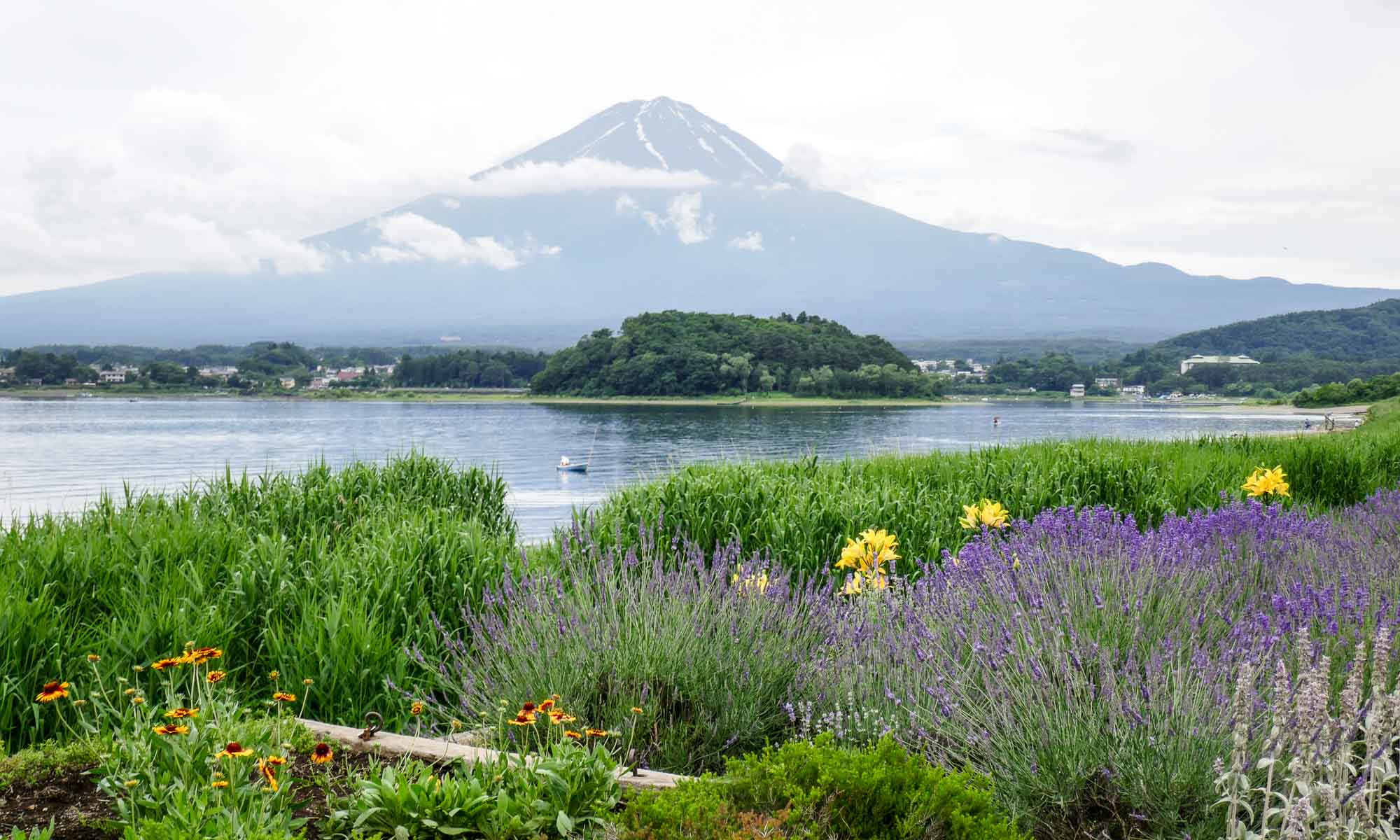Tokyo! I was excited to be back in Tokyo after 2 years. My previous visit to Tokyo had been much too short, though I subsequently fell in love with the city. This time around we were joined by B’s siblings (M & R), and had about 2 weeks to spend wandering through the various Tokyo neighbourhoods.
The current capital of Japan, with over 13 million people, Tokyo is a large bustling metropolis filled with skyscrapers of all shapes and sizes. The metropolis includes Tokyo city and the former Tokyo perfecture, and was previously known as Edo. During the Great Kanto Earthquake of 1923 and WWII, a significant part of Tokyo was destroyed, leaving few historical elements in areas like Asakusa and Ueno.
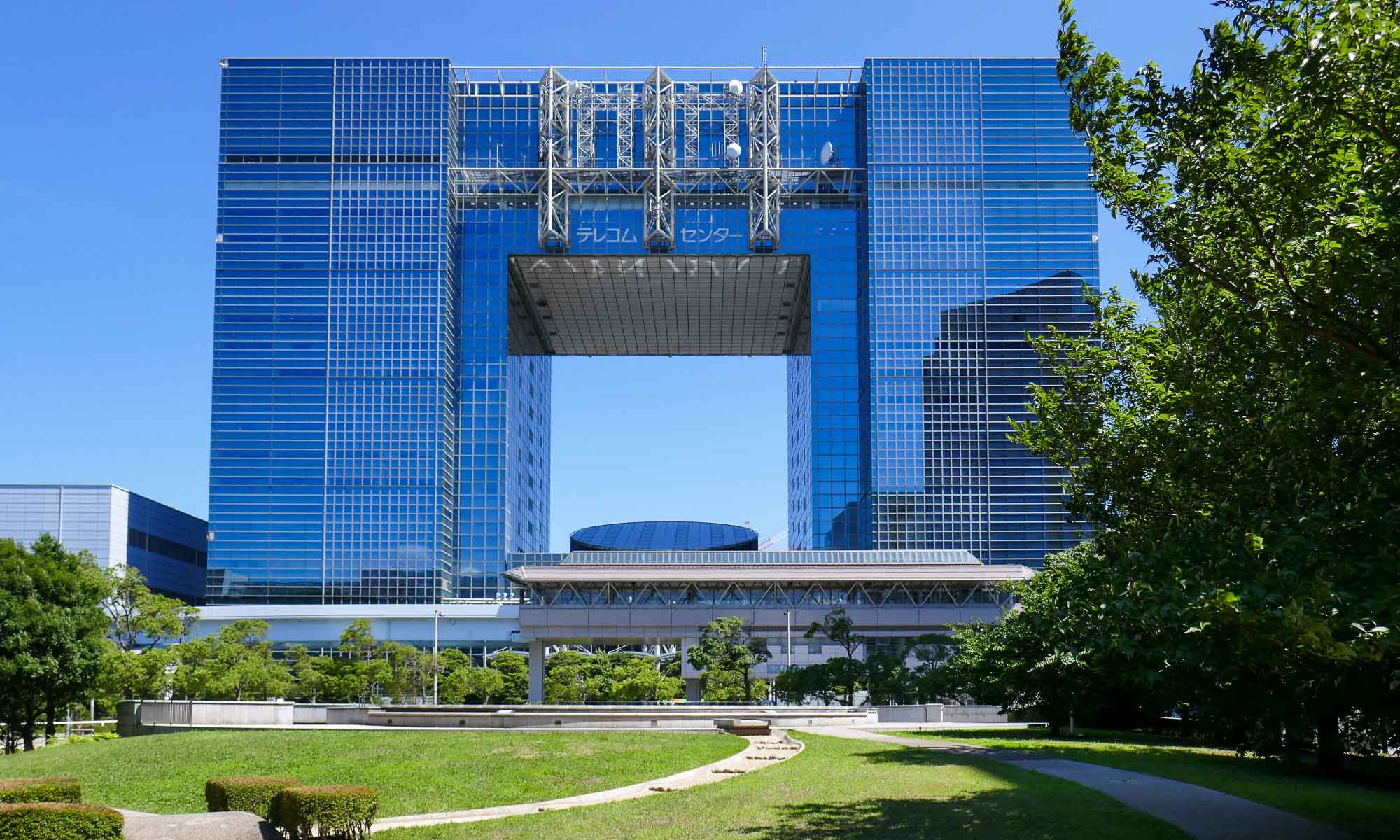

Highlights of Tokyo
The city of Tokyo is made up of a group of smaller cities/wards/districts. Each district has its own character, and we enjoyed spending time wandering the various streets at our leisure.
Ginza (Chuo)
One of my favourite areas of Tokyo is Ginza, a shopping and entertainment district filled with loads of boutiques, malls and restaurants as well as a number of cultural areas. While this time around, shopping was not on the agenda, we still nipped in and out of a few malls to escape the heat.
A few of the places we visited in Ginza included: Ginza Place, where the Sony showroom and Nissan Crossing are located, the Kabukiza Theatre and the Tsukiji Fish market.
Ginza Place
Previously the Sony Building in Ginza was the place to find the latest and greatest Sony items as well as some futuristic displays. However, Sony has now closed down the facilities in that building while it rebuilds, and moved to Ginza Place where it occupies 3 floors. Unfortunately, the only items on display are items that can be found in other stores. The new store is expected to be completed in 2022.
Nissan Crossing on the other hand, was worth a visit, with the 2020 Vision Gran Turismo concept car, sumo championship banners commemorating the 60th anniversary of the Nissan Skyline, and the ProPILOT Chair.
.


Getting to Ginza Place
The closest station to Ginza place is Ginza metro station (M16/H08/G09) on the Marunouchi, Hibiya, or Ginza lines respectively.
Kabukiza Theatre
The theatre is the main place to see the traditional Japanese Kabuki drama and has been reconstructed several times. Though we did not purchase tickets for the shows, we spent time wandering around the new building, which includes a Kabuki gallery.



Getting to the Kabukiza gallery
The theatre is located above the Higashi-ginza metro station (A11/H09) on the Asakusa or Hibiya lines, respectively.
Tsukiji Fish Market
The Tsukiji Fish Market despite being one of the most visited places in Tokyo is still a fully functioning market. It is the largest fish and seafood market in the world. Every morning the renown tuna auction occurs around 05:00, and entry is strictly limited to 120 visitors. As a result of this, queues start outside the market as early as 02:30.
Not keen to miss a good night’s rest, we instead chose to visit the inner wholesale market area around 10:00.
The inner wholesale market is filled with hundreds of stalls with all types of fish as well as carts and trucks zipping around. While tourists are allowed inside the area, we were instructed not to interfere with the normal course of business. The most notable fact about the market was that although it was a fish market it was kept reasonably clean with hardly any lingering fish smells.




Getting to Tsukiji Fish Market
The closest stations are the Tsukiji metro station (H10) on the Hibiya line, or the Tsukijishijo metro station (E18) on the Toei Oedo line. In order to get to the auction early in the morning, it is best to have a hotel nearby, as the metro will be closed at that time.
Hama-rikyu Gardens
These gardens are located right in the middle of all the high-rise hotels and office buildings. The gardens used to be part of the residence of various shoguns. During the Great Kanto earthquake and the bombings in the war, most of the buildings were destroyed. Today, it is a tranquil place to visit with the various ponds, manicured gardens, and tea houses.

Getting to Hama-rikyu gardens
The gardens have 2 entrances, the Otemon entrance and the Naka-no-gomon entrance. The closest metro stations to the Otemon entrance are the Shiodome station (E19) on the Toei Oedo line or the Yurikamome elevated Shiodome station. The gardens can also be reached by the waterbus from Asakusa.
Shibuya
Though also filled with loads of shopping centres and various types of entertainment, the vibe in Shibuya is different from that of Ginza. The shops are filled with the latest quirky Japanese fashion trends and are targeted to the younger crowds. At night the clubs, bars and gaming areas are popular with both locals and tourists.
Historically the JR Shibuya station is renown for being the station where everyone gets lost, due to its many walkways, exits and confusing signs. Fortunately there are now more signs in Romaji, which made it easier to orient ourselves.
Shibuya Crossing
One reason we ventured out to Shibuya was to have B and M experience the scramble at the Shibuya Crossing. However after traveling in Japan for 4 weeks, B had grown accustomed to the diagonal crossing lines which allow pedestrians to cross the streets in all directions at the same time. Coupled with the fact that it was raining and we had visited earlier on in the day, the crossing was not as crowded as it could get.

The best views of the crossing are either at the Starbucks or the bridge leading to the Keio Inokashira line station.
Getting to Shibuya Crossing
Shibuya metro station (Z01/G01/F18) is on the Hanzomon, Ginza, or Fukutoshin lines. The JR station is connected to the metro station and is served by the JR Yamanote/JR Saikyo/JR Shonan Shinjulku lines.
To exit the station right next to the crossing its best to look for the Hachiko exit.
Harajuku
Harajuku is the best place to witness the popular anime fashion trends. Takeshita Dori is the main thoroughfare leading from the JR Harajuku station to Omotesando and is filled with all types of boutiques and cafes. Though the area is usually busy on the weekend, that is the best time to visit.


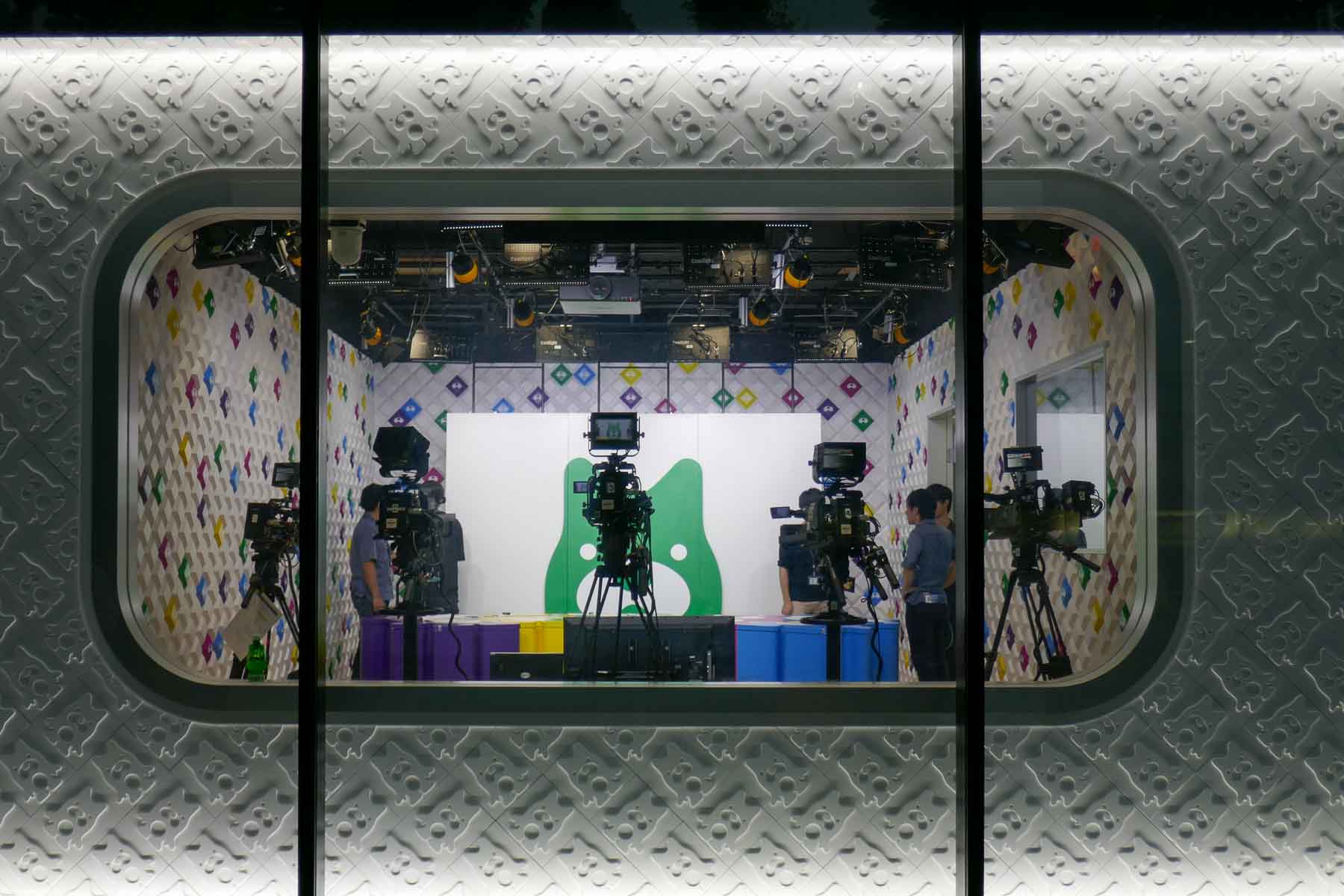
Getting to Harajuku
The closest station is JR Harajuku station on the JR Yamanote line. The entrance to Takeshita Dori is right opposite the station.
Omotesando
Located to the south of Takeshita Dori, Omotesando is Tokyo’s Champs Elysees. Aside from the luxury brand stores which line the main street, it’s an area filled with architecturally unique buildings. We spent a few hours walking through the various streets on an impromptu walking tour.
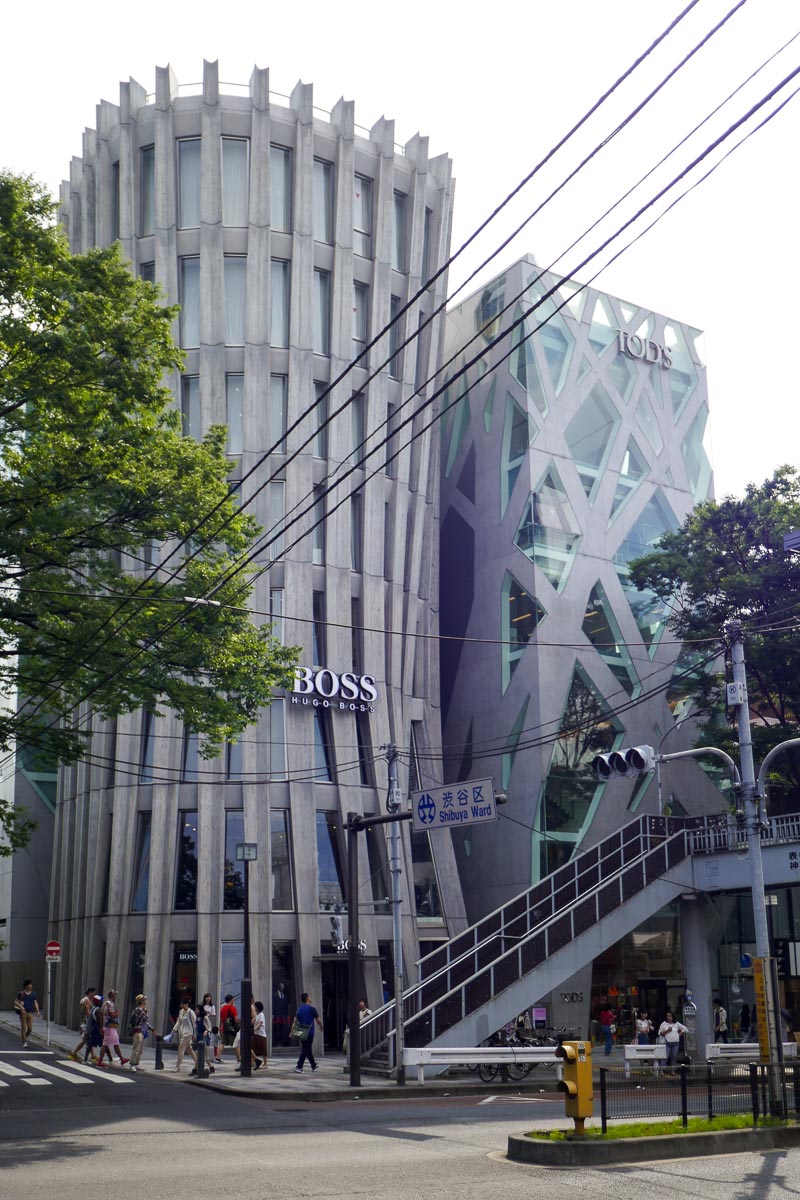


Getting to Omotosendo
Though located just south of Harajuku, we found it best to approach from Omotesando metro station (Z02/G02/C04) on the Hanzomon, Ginza or Chiyoda lines.
Yoyogi Park
R’s favourite park in Tokyo, Yoyogi Park is one of Tokyo’s largest parks. It is a popular hang-out spot for locals with lots of space for picnics, jogging and other activities. In the spring it is a good place to view cherry blossoms.
Located within the park is Meiji Shrine, a Shinto shrine dedicated to Emperor Meiji and his wife.
Getting to Yoyogi Park
The closest station is JR Harajuku station on the JR Yamanote line. The entrance to Yoyogi park is to the right of the station.
Asakusa and Ueno (Taito)
Quite different from most other areas in Tokyo, Asakusa and Ueno are a mixture of old and new, where old fashioned shops can still be found, and an atmosphere of the Edo era still resonates.
We visited during the Shitamachi Tanabata Festival which commemorates the legend of two stars, Vega and Altair who were lovers that were separated and could only meet once a year (7th of July) in the Milky Way.
The festival was kicked off with a parade down Kappabashi Hondori. From Ueno to Asakusa, the streets were closed to traffic and were filled with stalls selling various wares and food, people dressed up in kimono’s and a jovial atmosphere.


Sensoji Temple
Built in the 7th century, this Buddhist temple is Asakusa’s main attraction, and the oldest temple in Tokyo. The temple is famous for its main gate, Kaminarimon, which features an oversize lantern, and is the symbol of Asakusa. As we walked down Nakamise, a busy shopping street filled with touristy market stalls, we passed through the Hozomon gate, which differs from Kaminarimon as it has 3 hanging lanterns.

Getting to Sensoji Temple
The temple is about 5 minutes walk from the Asakusa metro station (G19) on the Ginza line.
Ryoguku (Sumida)
During the spring Sumida is a great place to view the cherry blossoms along the river. Within Sumida, Ryogoku is known as the center of the sumo world, with the main sumo stables located here as well as the sumo stadium. Though we visited during a sumo wrestling tournament, matches were being played in Kobe and not Ryogoku, so we were out of luck.
Edo-Tokyo museum
In my view one of the best museums in Tokyo to experience and learn about the history of Tokyo from the Edo-period to current day.

Admission fee: Y 600
Getting to the Edo-Tokyo museum
The museum is located about a 5 minutes walk from the west exit of the JR Ryogoku station on the JR Sobu line.
Asahi Beer Tower
One of the most recognizable buildings in Tokyo with an enormous golden flame on its roof, the Asahi Beer Tower is one of the buildings of the headquarters of Asahi Breweries. The golden flame weights 360 tonnes and is completely empty.
While a tour is not offered, there is a cafe with good views of the Sumida river.

Getting to the Asahi Beer Tower
The tower is across the river from the Asakusa metro station (G19) on the Ginza line.
Tokyo Skytree
At 634 m high, the tower is the tallest tower in the world, and the second tallest structure in the world. It was built in 2012. The main purpose of the tower is to offer broadcasting coverage free from interference from neighbouring tall buildings. The height of 634 m was selected based on the old name of the area in which the tower stands, Musashi, which also stands for the numbers 6 -3 -4.

The tower has a number of observation floors: Tokyo Skytree Tempo deck at floor 350 and the Tokyo Skytree Tempo galleria at floor 450. We decided to limit our visit to the Tempo deck and walked around enjoying the 360-degree views for about an hour. The exit from this level is via floor 340 which features a glass floor.

Admission fee: Fast Skytree (limited to foreign tourists): Tempo deck – Y 3,000; Combo – Y 4,000; Normal: Tempo deck – Y 2,060; Galleria deck – Y 1,030
Getting to Tokyo Skytree
From Asakusa station, Tokyo Skytree Station on the Tobu Skytree Line or Oshiage Station on the Hanzomon Line are less than 10 minutes away.
Odaiba
Built from a combination of man-made islands joined together by several landfills, Odaiba is a new shopping and entertainment area of Tokyo filled with modern buildings. Though the Yurikamome line provides transportation around the area, we preferred to walk. It is connected to the mainland via the Rainbow bridge.


Yurikamome line
While not an actual tourist attraction, getting into Odaiba on this line is an experience in its own right, almost similar to an amusement park experience. A cross between a train and a bus, it is driverless and runs through a 270 degree loop before crossing the Rainbow bridge.
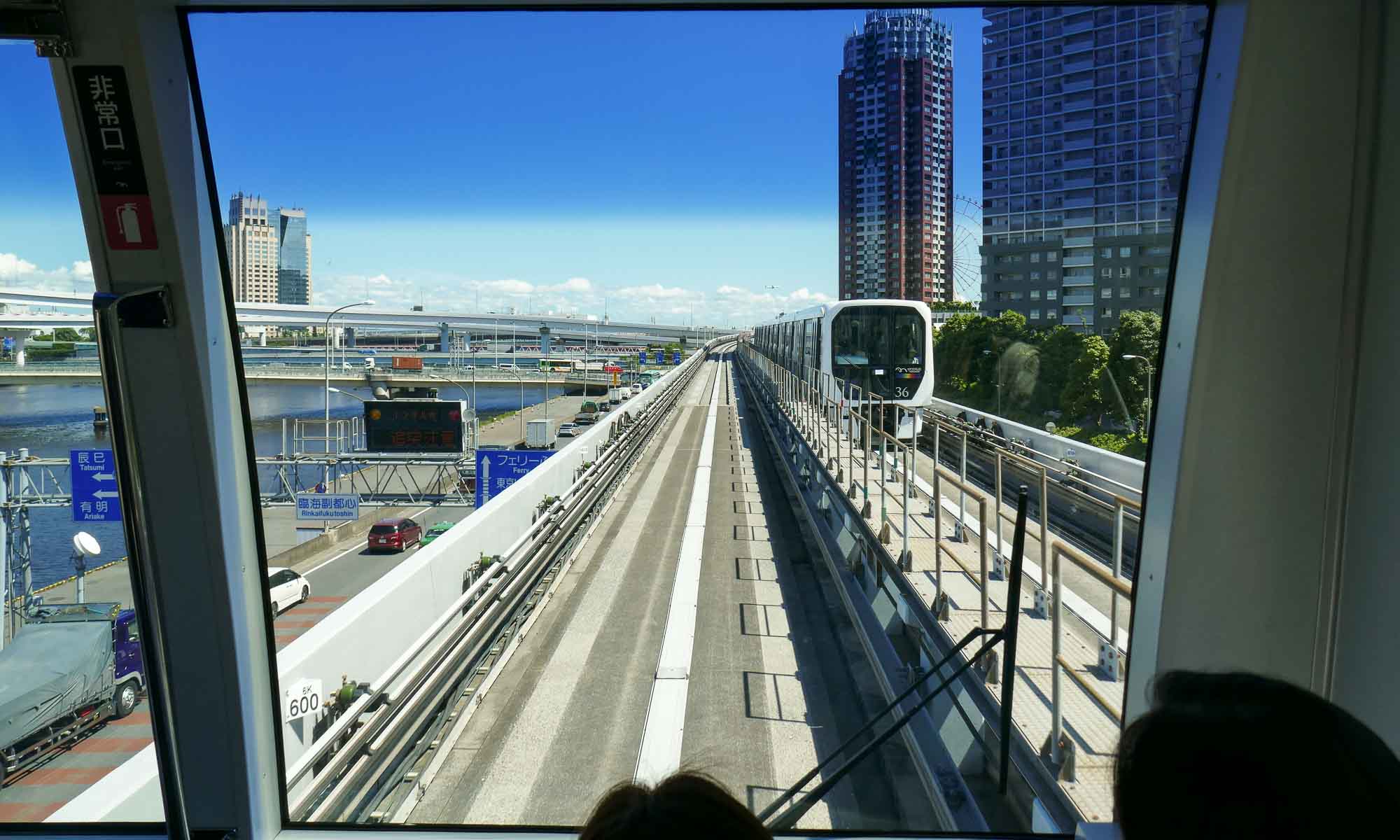
Fuji Television
This futuristic looking building is the headquarters of Fuji Television. The observation deck located in the elevated ball provides excellent views and a chance to visit a real TV set.
While mostly Japanese tourists would enjoy the visit since there are interactive displays of local celebrities and programmes which we had no clue about, we still enjoyed our visit.


Observation deck access: Y 550
Getting to Fuji TV
The closest station is Daiba (U07) on the Yurikamome line.
Toyota MEGAWEB
Though we had visited the Toyota museum in Nagakute City, we decided to spend an afternoon wandering through MEGAWEB. The facility is made up of a showcase, a ride studio and a history garage. The showcase highlights recent models as well as futuristic models. An opportunity is provided to test drive one of the latest models on a race track, but only with an international driving permit. At specific hours during the day, the MEGAtheatre provides a free 4-D (motion simulator attraction) show.


On the top floor, both B and R enjoyed the racing games provided, which surprisingly had short queues.
Getting to Toyota MEGAWEB
The closest station is Aomi (U10) on the Yurikamome line.
Miraikan
The home of ASIMO the dancing robot, Japan’s National Museum of Emerging Science and Innovation is mostly targeted towards kids. However, it was fun to visit, and several of the exhibits were quite educational.

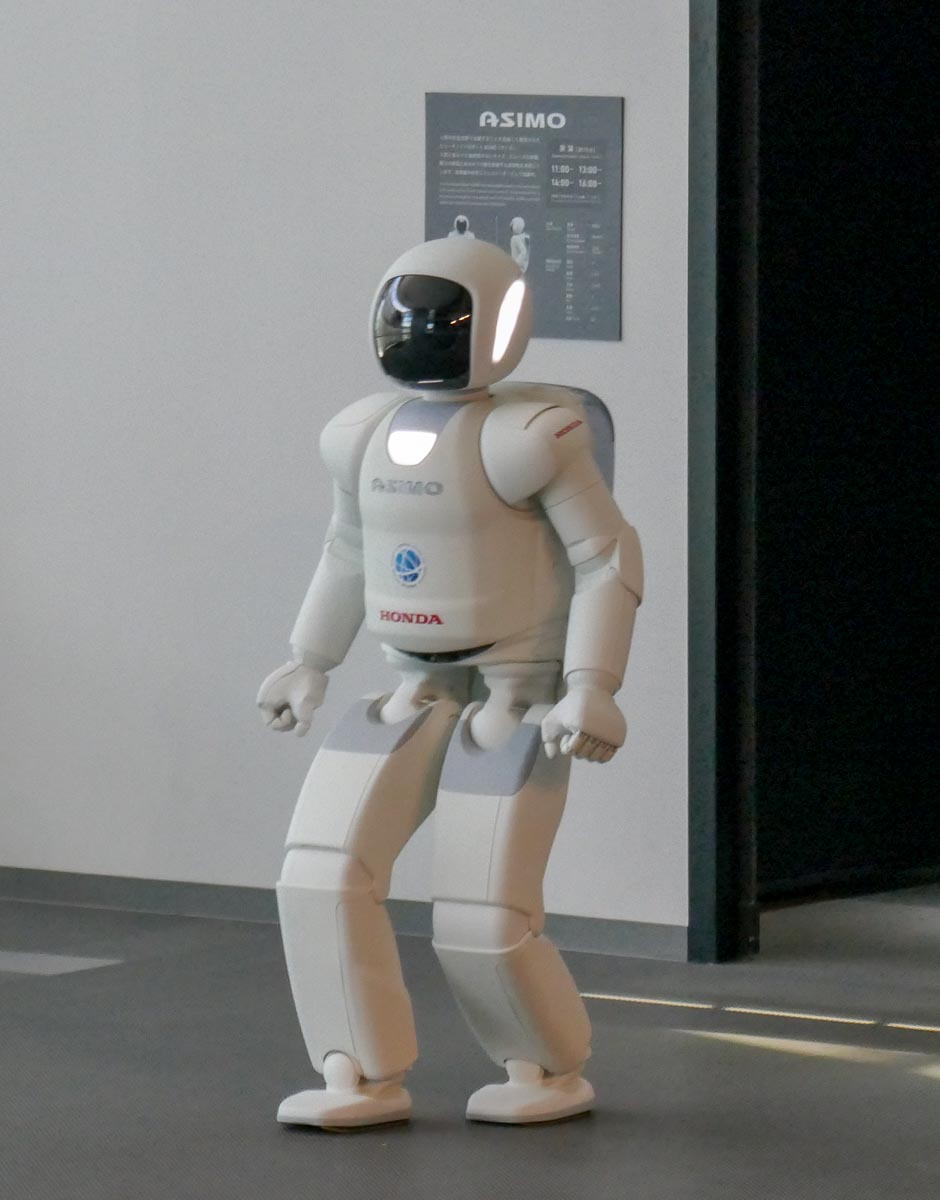
Admission fee: Y 620
Getting to Miraikan
The closest station is Telecom Center (U09) on the Yurikamome line.
Odaiba Marine Park
We visited the marine park a number of times. The first time we arrived via a waterbus from Asakusa, and enjoyed the views of the beach and the Odaiba skyline from the water. The park contains a long boardwalk running along the beach and a replica statue of liberty.

Since we were there in July we got to celebrate the Marine Day Lantern Festival on the beach. For the festival thousands of lanterns are set up and lit by volunteers, in various shapes and patterns. The view upon nightfall with the Rainbow bridge in the background was quite picturesque.
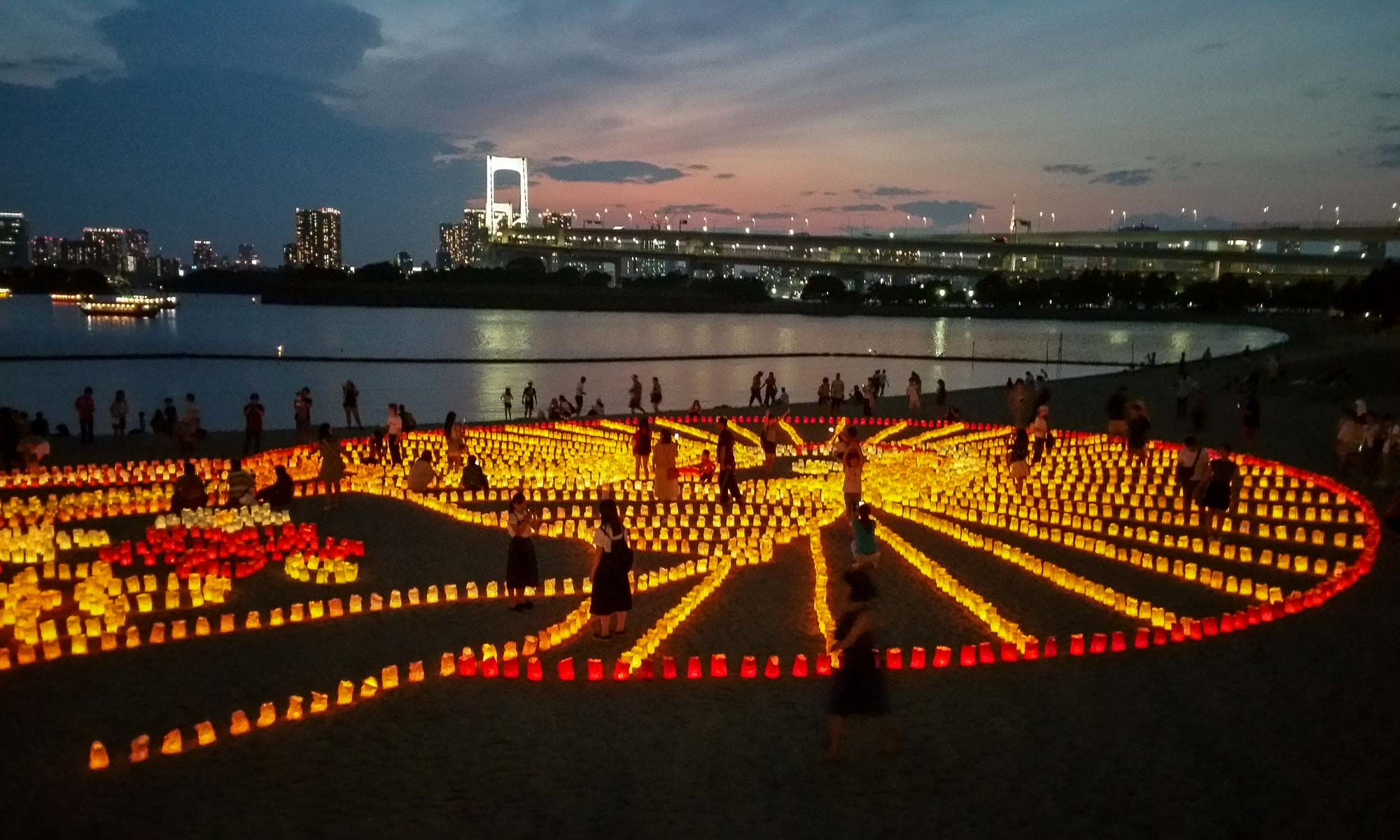


Getting to Odaiba Marine Park
If not arriving by waterbus, the closest station is Daiba (U07) on the Yurikamome line.
Chiyoda
The main attraction in Chiyoda is the Imperial Palace, which is the primary residence of the Emperor of Tokyo. The palace is located in a large park surrounded by a large moat and stone walls. During WWII the palace was destroyed, after which is was rebuilt in the original style. The palace is generally not open to the public, and only the roofs can be seen from different vantage points in the park. The grounds can be visited by guided tours only twice a day.
Imperial Palace East Gardens
Since we were unable to visit the palace or the grounds, we decided instead to go to the adjacent gardens which are open to the public. The gardens are the former site the circles of defense of the previous Edo castle. Now all that remains in a picturesque area of 210,000 square meters are several high walls, gates and guard houses.
Within the gardens is the Museum of the Imperial Collection, with an exhibition of various imperial items.


Getting to the Imperial Palace East Gardens
The closest station is Otemachi metro station (Z08/M18/C11/T09/I09) on the Hanzomon, Marunouchi, Chiyoda, Tozai and Toei Mita lines.
Akihabara
Known as the electronic mecca in Tokyo, Akihabara is where you can find any type of electronic you might want to buy. The downside is, prices are not always cheaper that those back home, and so it is important to do lots of research and price comparisons.


Japan as a whole is thought to have 1 vending machine for every 20 people, but Akihabara seems to take it to another level, with shops overflowing with vending machines selling a variety of items from drinks to anime toys.

On Sundays, the main street Chuo Dori is closed to traffic.
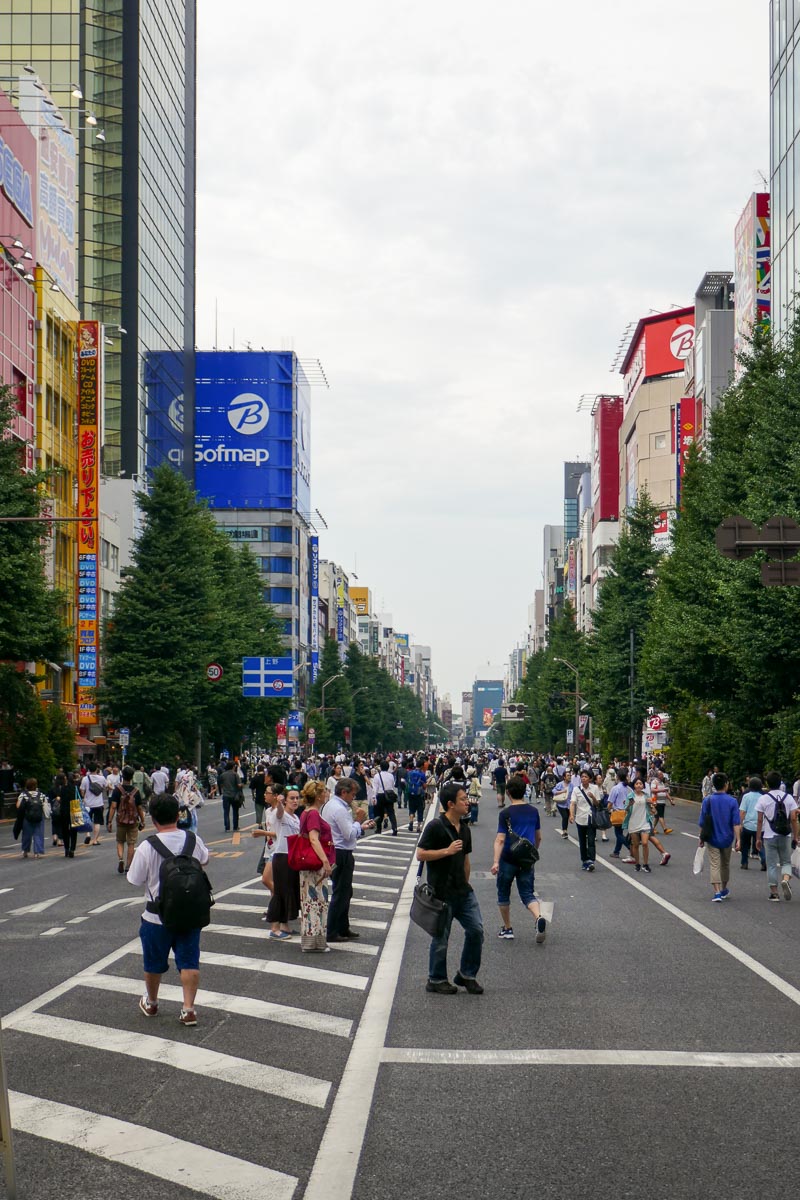
Getting to Akihabara
Akihabara station is served by both the JR and the Tokyo subway. The JR lines are the JR Yamanote, JR Kehintohoku and JR Sobu lines, while on the metro the Hibiya line (H15).
Daytrips from Tokyo
The great thing about Tokyo, is that with the extensive connections it is easy to get out of the city and into the countryside within a matter of hours. After several days in Tokyo we needed to get away and therefore headed out to Nokogiriyama.
Nokogiriyama
The name Nokogiriyama literally means “Saw Mountain”. The name stems from the fact that characteristics of its profile are similar to that of a Japanese saw. The mountain is 329.5 m high and is home to the largest stone-carved Buddha in Japan. Though the mountain can be accessed by a cable car, we needed to burn some energy and so opted to hike. There are two trails leading up the mountain, which eventually converge into one. The first leads up steep steps, while the second has a lesser gradient and therefore takes longer.
As we hiked up through dense forest, we came across remnants of the quarry activities which used to occur in the mountain, during the Edo period. We found it hard to imagine the female workers who would have had to use wheel barrows to convey stones down the steep slopes.

About halfway up the mountain is the Nihon-ji temple complex which costs Y 600 for admission, and in addition to the giant buddha, includes an additional Buddha statue carved into the mountain. The highlight at the top of the mountain is the so-called Hell’s Lookout where we had great views of Tokyo bay and the Boso peninsula, though we were unable to see Mount Fuji.



Getting to Nokogiriyama
Located on the Boso peninsula, which is the large piece of land separating Tokyo bay from the Pacific Ocean traveling completely by train takes a circuitous route. The station closest to Nokogiriyama is the Hama Kanaya station which is served by the JR Uchibo line. The journey takes about 2 hours.
Sleeping in Tokyo
Hotel Villa Fontaine – Shiodome
Arguably one of the best hotels we stayed at during our visit in Japan, this hotel was located in the Shiodome Sumitomo building close to both Shiodome and Shimbashi stations. It is connected to both stations via an underground maze filled with shops and restaurants. The hotel is also located about a 20 minutes walk to Tsukiji Fish market.
The rooms were of a decent size, and we had a view of Odaiba. Breakfast was complimentary, though there were more guests than available eating places, which ended up in most people using a nearby conference room.
Hotel UNIZO Ginza-Itchome
For our first two nights we decided to stay in Ginza and chose this hotel due to its location. The hotel is conveniently placed close to the Ginza-Itchome station (Y 19) on the Yurakucho line, as well as Kyobashi station (G 10) on the Ginza line.
The hotel has a ladies only floor as well as laundry and dry cleaning facilities. The rooms were small but clean. In our view, the room had too much furniture, including the usual humidifier that we ended up moving some pieces out of the room to make more space. Breakfast was an addition EUR 10 per person, so instead we bought breakfast items at the nearby 7-11.
Airbnb – Kamata
For the rest of our stay in Tokyo, we decided to stay in an airbnb located in Kamata. Kamata is on the Keihintohoku line and about 20 to 30 minutes from central Tokyo. The area is filled with shopping malls, a shopping arcade, discount shops, gaming attractions and restaurants.
Though the flat was quite compact, it came equipped with all we needed (cooker, washing machine/dryer, fridge, TV, pocket-WIFI and air conditioning).
Getting around Tokyo
Tokyo is served by an extensive metro and bus network. In addition, there are a number of JR lines that provide access to both central Tokyo and the greater Tokyo area. The most popular JR line is the JR Yamanote which circles around central Tokyo.
With our JR railpasses we were able to use the various JR lines within Tokyo free of charge. Once they expired, we used our PASMO (preloaded) cards.
Sumida River Cruise
Where possible we always like to see a new place from the water. The Sumida river runs through several of the main Tokyo districts and the river cruise provided an opportunity to gain a different perspective. There are a number of different cruises that ply up and down the river from Asakusa to Odaiba.

